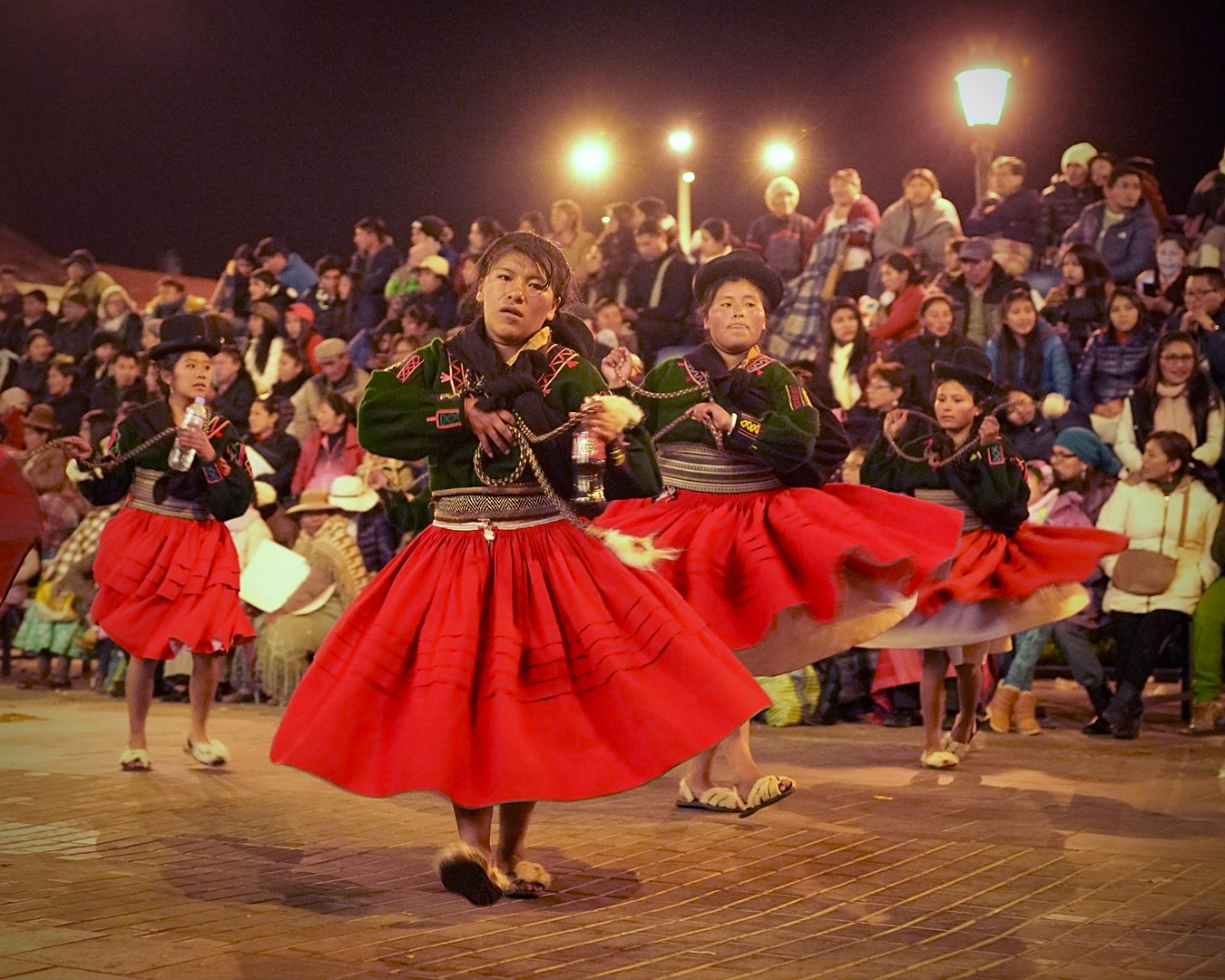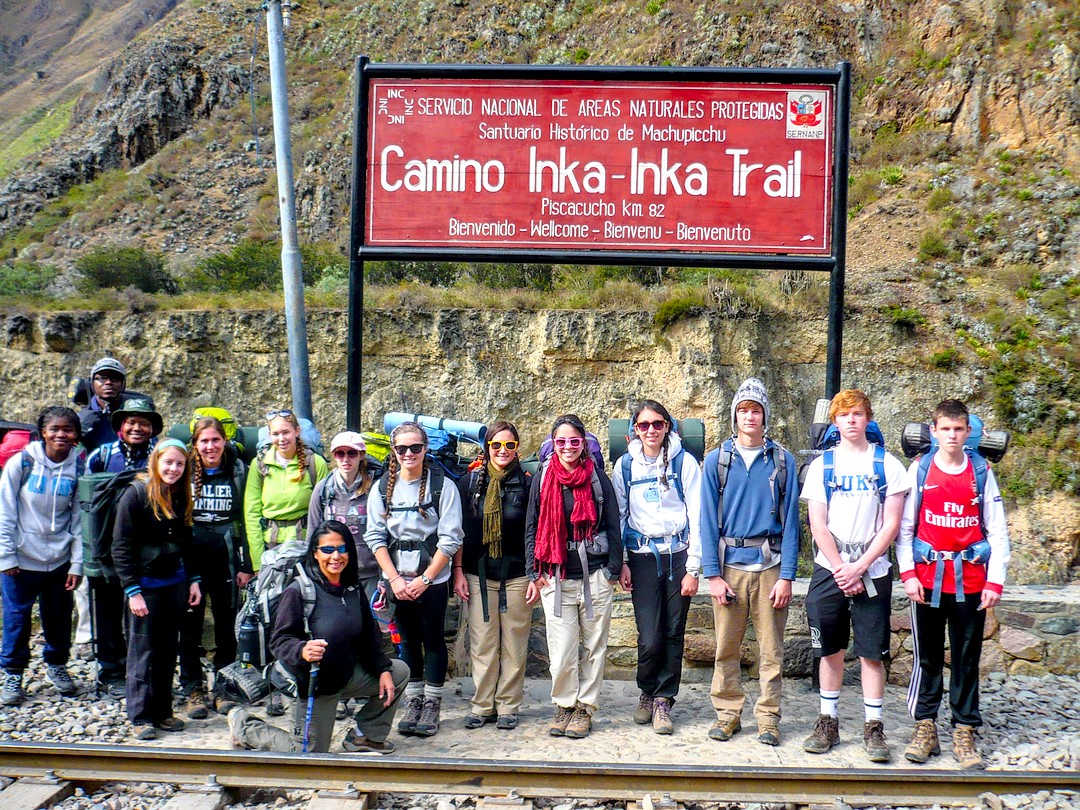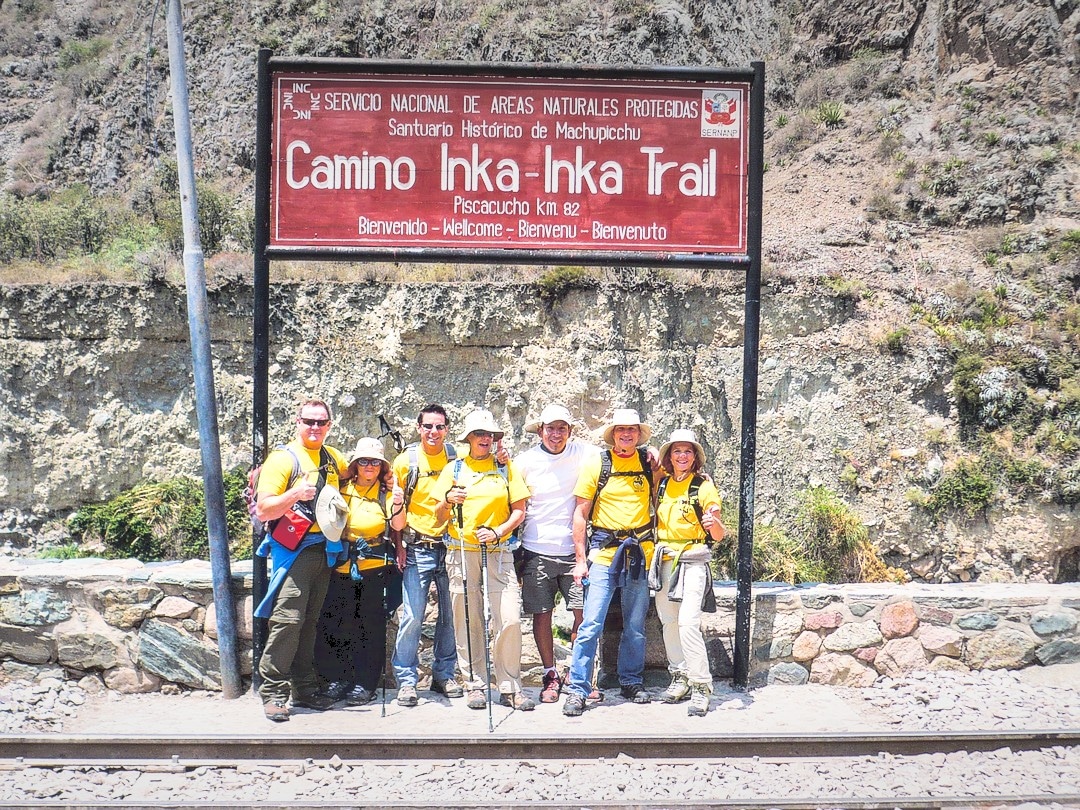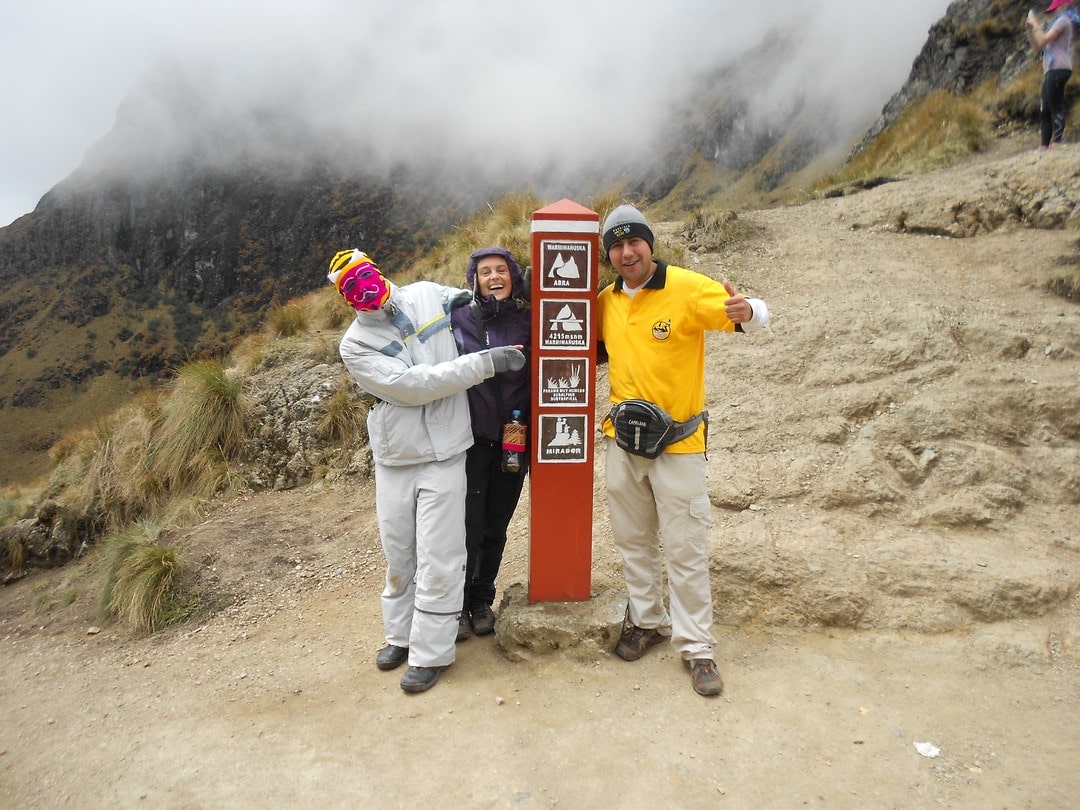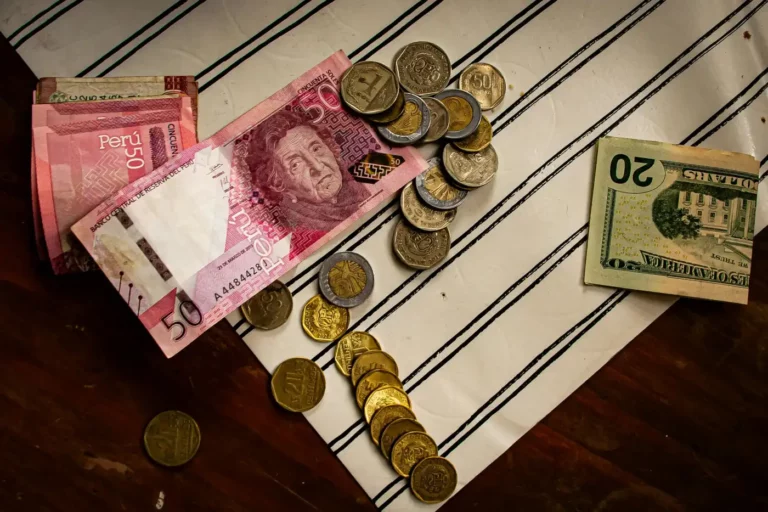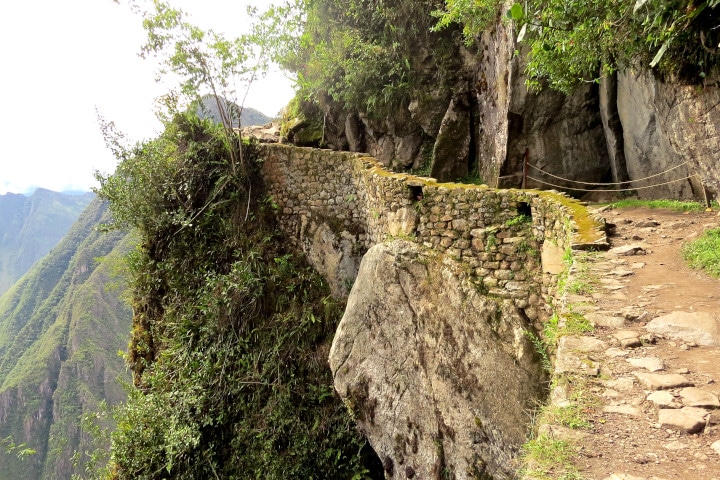Brief History of Machu Picchu
Table of Contents
Machu Picchu History and Culture
In the mountains of Peru, looming above the Urubamba River, lies one of the most iconic sights in the entire world: Machu Picchu. This majestic ruin looks like it belongs more in Indiana Jones than in the South American jungle, but Machu Picchu’s impressive appearance actually conceals a fascinating and mysterious history that has been pieced together through archaeological research and historic records. Learn about its origins and how it came to be what it is today in this brief overview of Machu Picchu’s history.
After the Spanish conquest of Peru, the rebellious Inca Manco Capac II secretly slipped away from Cusco in the night and retreated northwest beyond Ollantaytambo and into the depths of the jungle where he established a town called Vilcabamba. It was from this base that the last of the Incas attacked the Spaniards in Cusco for the next 36 years. In 1572 the Spanish eventually lost their patience and mounted a brutal invasion against the Inca resistance. They attacked Vilcabamba and finally brought the last Inca Tupac Amaru (Manco’s heir and half brother) back to Cusco in chains where he was executed in the Plaza de Armas. Many of his potential heirs and family were either executed or dispersed, putting to rest the Inca dynasty for good. With time the location of the abandoned town of Vilcabamba became forgotten – all apart from a few ambiguous maps and clues left by some Spanish chroniclers.
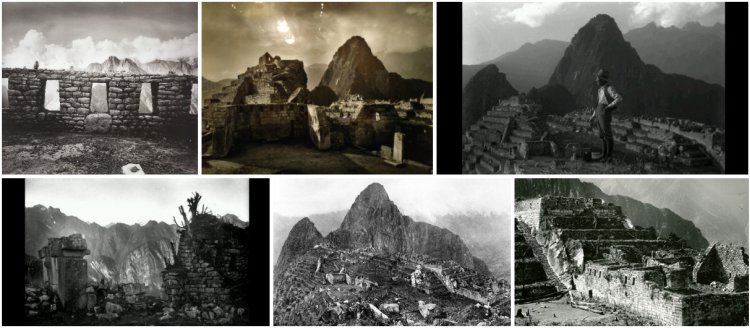
Hiram Bingham, a doctor in philosophy and history at Yale University, became fascinated with Inca archaeology and stories of lost cities when he was visiting Peru in 1909 whilst retracing the footsteps of Simon Bolivar (South America’s great liberator). He returned to Peru in 1911 with a seven man expedition sponsored by Yale University and the National Geographical Society.
Leaving Cusco in July 1911, Bingham and his team set out in the direction of the jungle, heading down the Urubamba Valley. Bingham had previously spent time in Lima reading through the many Spanish manuscripts. He was convinced that lost cities, Inca ruins and possibly unmentionable treasures lay somewhere in this part of Peru. Almost immediately, the group discovered a major Inca site which they named Patallacta (also called Llactapata). This ruin can be found at the start of the Inca Trail at the junction of the Cusichaca and Vilcanota River. Bingham and his companions were fuelled with excitement and travelled on.
On 23 July 1911, only a week into the expedition, the group camped at Mandorpampa, a few kilometres further along the Vilcanota River Valley than the present day village of Aguas Calientes. By chance they got talking to Melchor Artega, the owner of a local hacienda in the area. Bingham was told of some fine ruins high up in the hills on the other side of the river and Artega was willing to take them there. The next day it rained and only Bingham had the enthusiasm to climb the steep side of the mountain, accompanied by Artega.
To his surprise at the top he was greeted by two locals, Toribio Richarte and Anacleto Alvarez, who had been living up on the mountainside for a few years to avoid the police and tax collectors. After a short rest the men led Bingham to the ancient site.
Tags: Machu Picchu History, things to see in Machu Picchu, what to do in Machu Picchu, machu picchu sites

